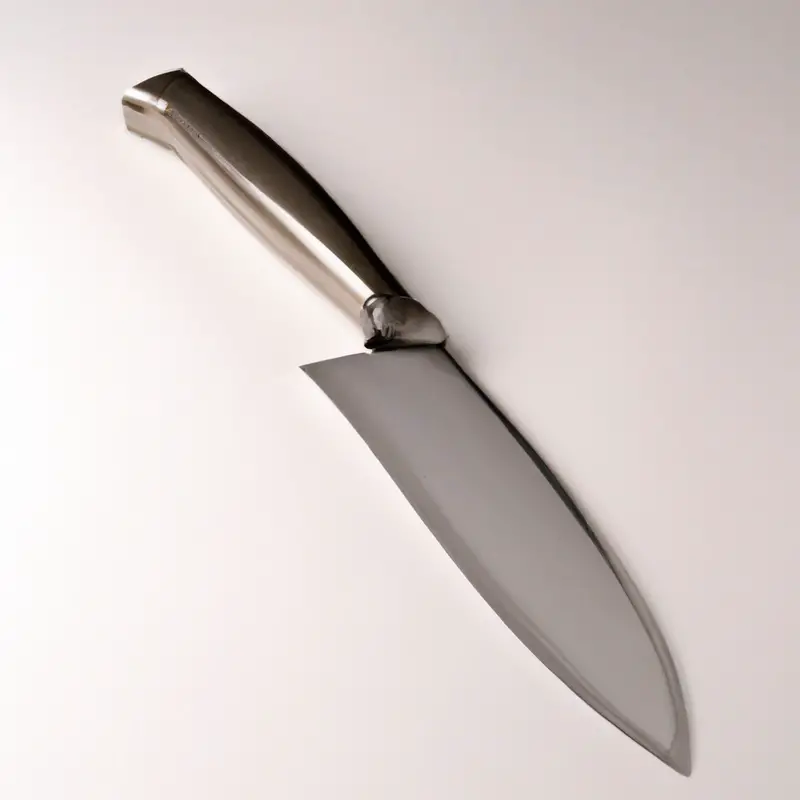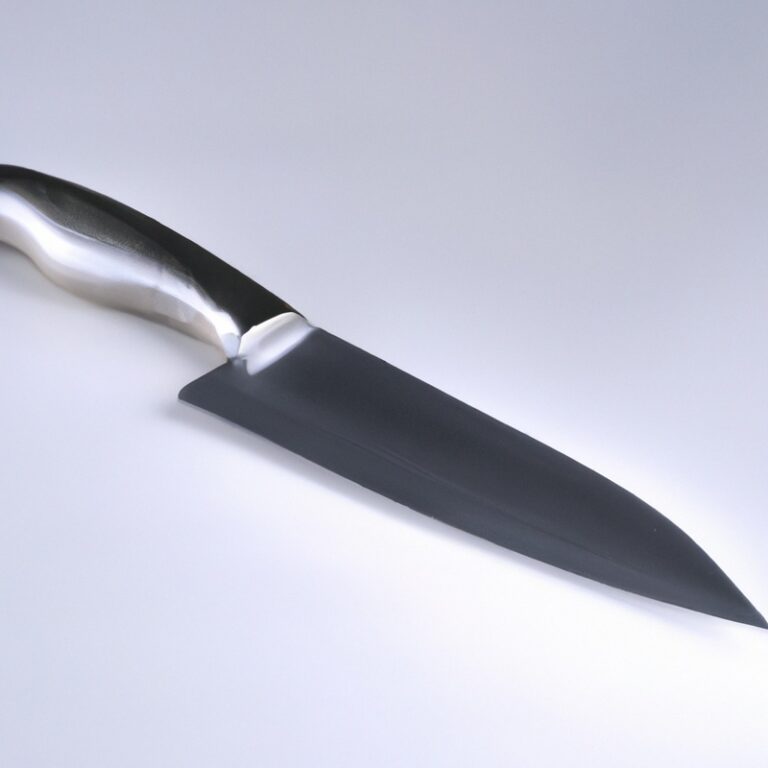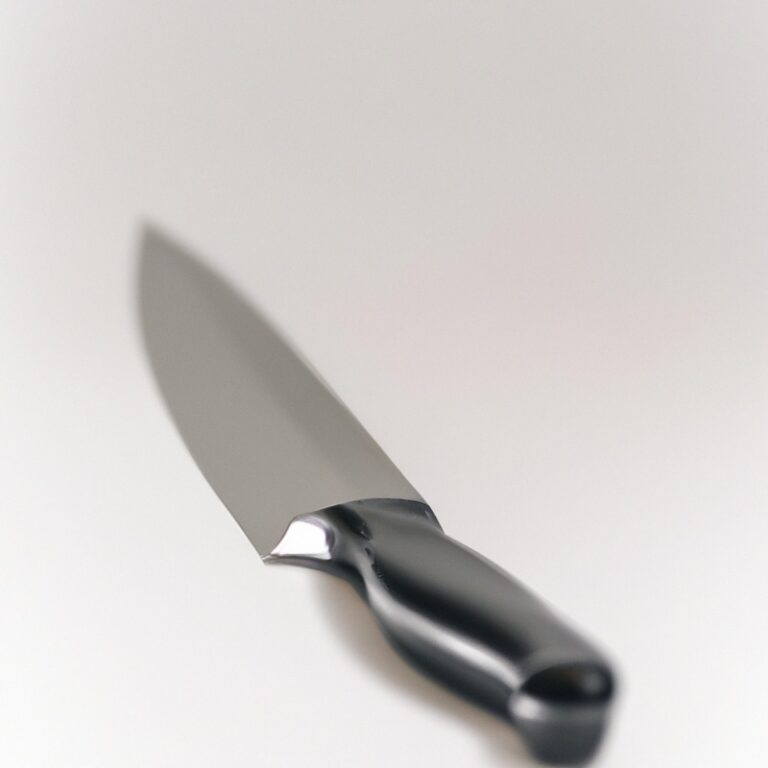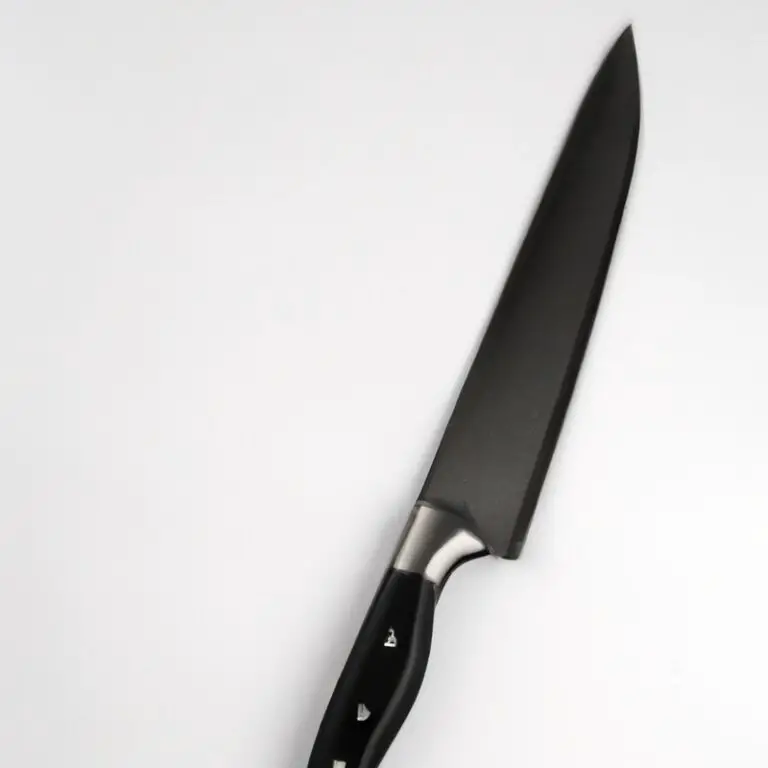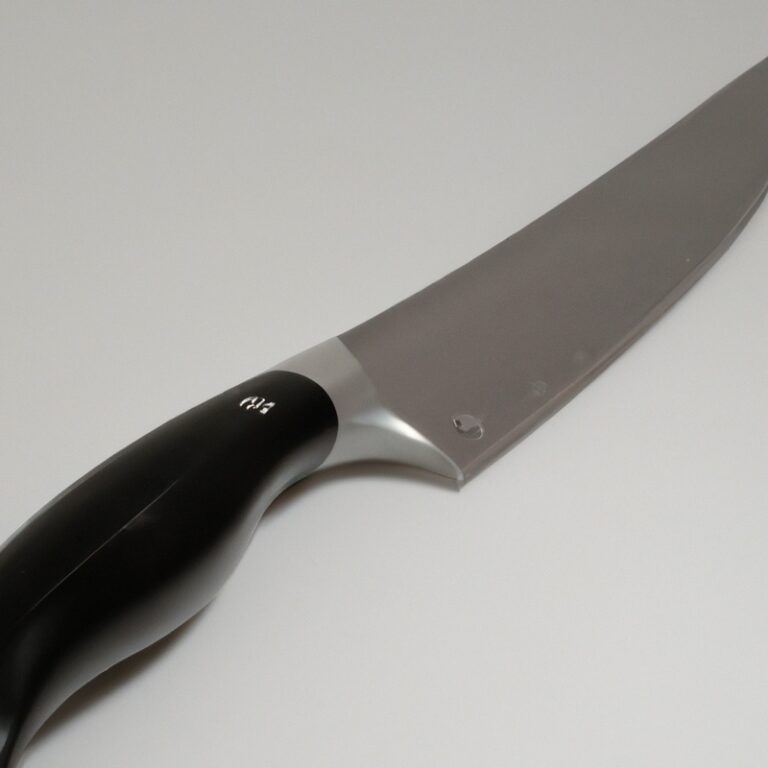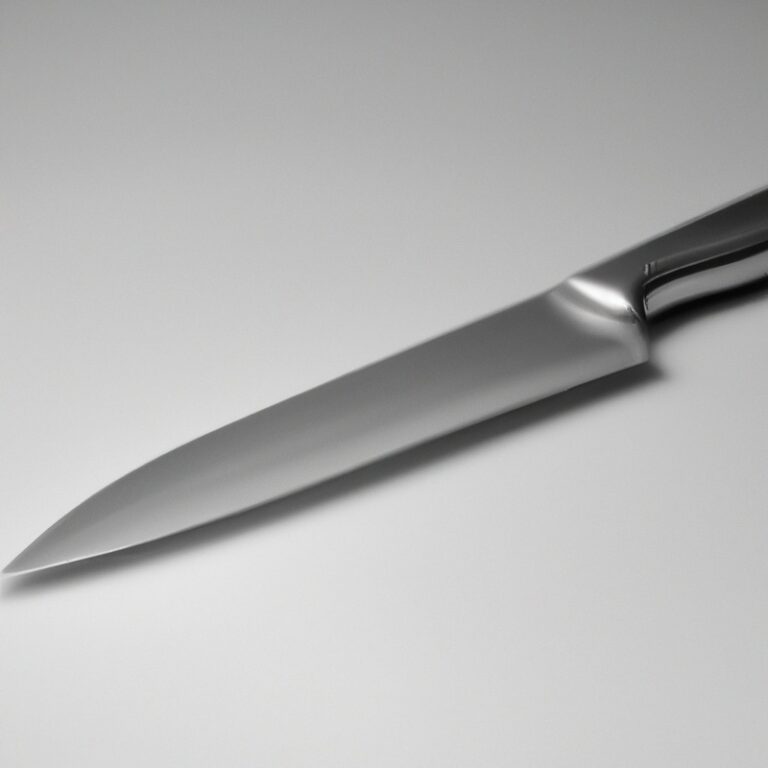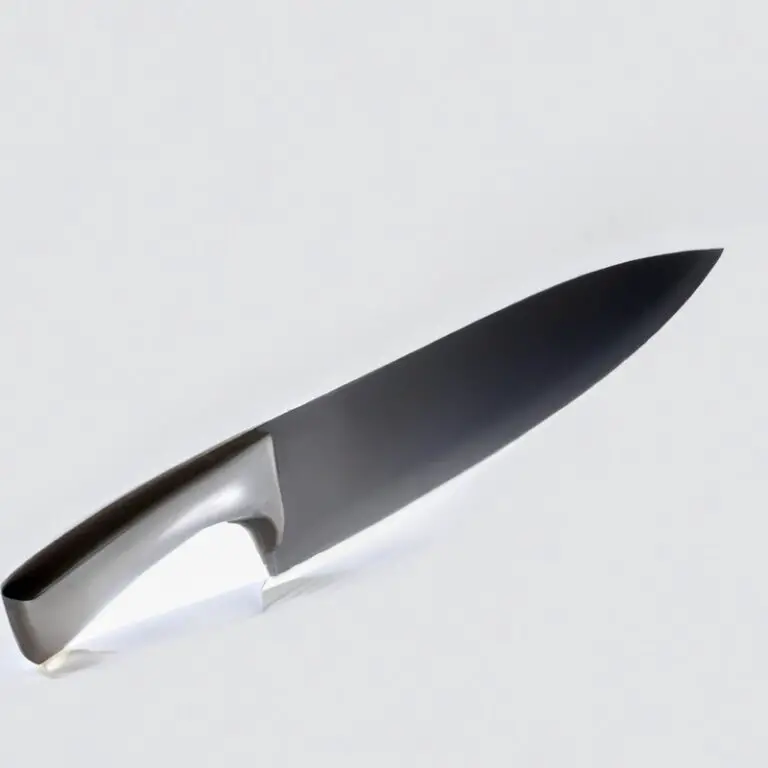Which Knife Steel Is Best For Slicing Tasks?
Key Takeaways:
- High carbon stainless steel is the best knife steel for slicing tasks due to its durability, sharpness, and corrosion resistance.
- Slicing tasks require a thin and flexible knife blade, making VG-10 and AUS-8 knife steels ideal choices.
- Knives made with Damascus steel offer excellent slicing performance, thanks to their multi-layered construction and exceptional edge retention.
- When choosing a knife steel for slicing, consider factors like edge retention, ease of sharpening, and overall blade quality.
Are you tired of struggling with a dull knife that can’t slice through even the softest tomato? Well, I’ve got some cutting-edge information for you.
When it comes to slicing tasks, the type of steel used in your knife can make all the difference.
In this article, I’ll break down the different knife steel compositions and the factors that affect their performance. We’ll explore the characteristics of various knife steels and highlight some popular grades that excel in slicing tasks.
Plus, I’ll share some essential factors to consider when choosing the perfect knife steel for your slicing needs.
So, grab a seat and let’s sharpen our knowledge together!
| Knife Steel | Pros | Cons |
| Stainless Steel | Durable and resistant to corrosion | May require frequent sharpening |
| Carbon Steel | Offers exceptional sharpness and edge retention | Prone to rust and requires regular maintenance |
| High Carbon Stainless Steel | Combines benefits of carbon steel and stainless steel | Can be expensive |
| Damascus Steel | Beautiful and unique pattern | Expensive and can be brittle |
| Ceramic | Extremely sharp and maintains edge for a long time | Brittle and can chip or break easily |
| Titanium | Lightweight and resistant to corrosion | Not as sharp as other knife steels |
Understanding Knife Steel Composition
What is Knife Steel?
Knife steel refers to the material used to make the blade of a knife. It is a crucial factor that influences the performance and durability of the knife.
Steel alloys are commonly used in knife manufacturing due to their superior strength, hardness, and corrosion resistance.
Different types of steel, such as stainless steel, high carbon steel, and Damascus steel, offer varying properties and characteristics. Understanding the composition of knife steel is essential in determining its overall quality and suitability for specific tasks.
Factors Affecting Knife Steel Performance
The performance of knife steel is influenced by several factors. One important factor is the composition of the steel, including the type and amount of alloying elements.
Another factor is the heat treatment process, which affects the hardness and toughness of the steel.
The blade geometry and design also play a role in performance. Additionally, the intended use of the knife and the maintenance practices adopted by the user can impact its performance.
To ensure optimal performance, it is essential to choose the right steel composition, employ proper heat treatment, and use and maintain the knife appropriately.
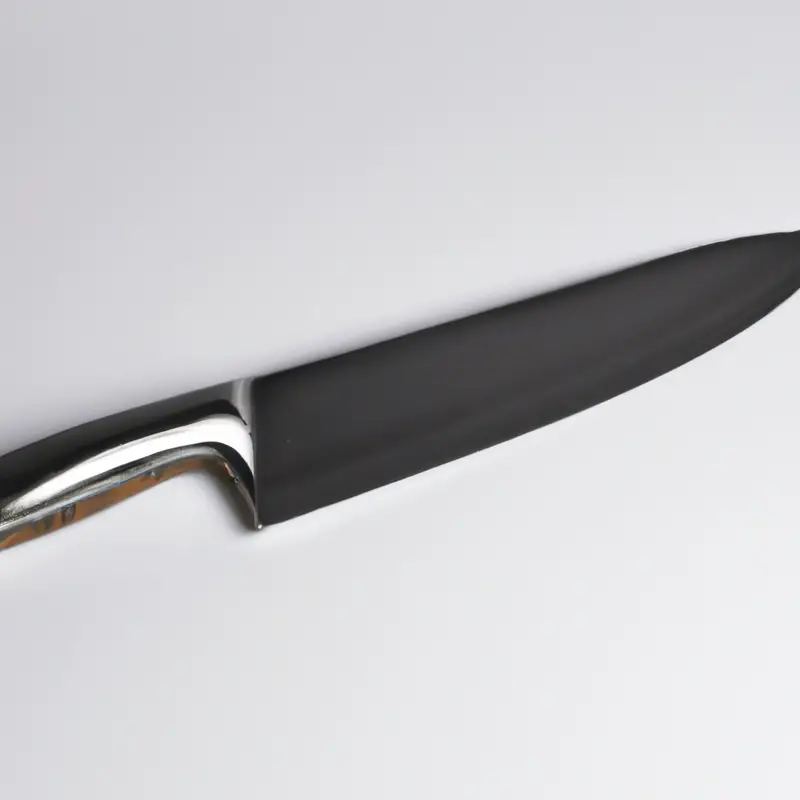
Knife Steel Types for Slicing Tasks
Stainless Steel
Stainless steel is a popular choice for slicing tasks due to its excellent corrosion resistance and durability. It is a type of steel alloy that contains a minimum of 10.5% chromium, which forms a protective layer on the surface, preventing rusting and staining.
The high chromium content also makes stainless steel easy to maintain and clean.
Additionally, stainless steel is known for its strength and ability to retain sharpness, making it suitable for slicing tasks. Some popular stainless steel grades for slicing knives include VG-10, S30V, and 154CM.
High Carbon Steel
High carbon steel is a popular choice for slicing tasks due to its superb edge retention and sharpness. It contains a higher amount of carbon, which enhances its hardness and wear resistance.
The increased carbon content also makes it easier to sharpen.
However, high carbon steel is more prone to rust and corrosion, so it requires regular maintenance to prevent staining. If you’re looking for a blade that will stay sharp for a long time and can be easily sharpened, high carbon steel is an excellent choice for slicing tasks.
Damascus Steel
Damascus steel is a type of knife steel that is known for its beautiful and distinctive patterns. It is created through a process of folding and layering different types of steel together.
This gives Damascus steel its unique look and also enhances its strength and durability.
The high carbon content in Damascus steel makes it excellent for slicing tasks as it maintains a sharp edge for a long time. Its corrosion resistance is also commendable.
If you’re looking for a knife that not only performs well but also looks stunning, Damascus steel is a great choice.
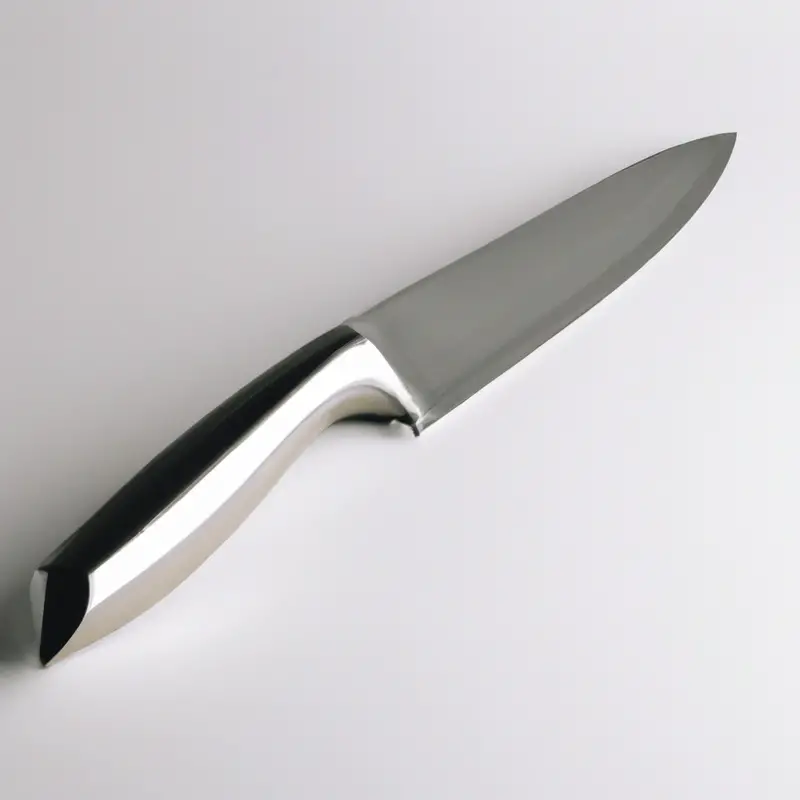
Characteristics of Knife Steels for Slicing Tasks
Sharpness Retention
Sharpness retention refers to how well a knife steel can maintain its sharp edge over time.
This is an important factor to consider for slicing tasks, as a dull blade can make the task more difficult and potentially dangerous.
High-quality knife steels with excellent sharpness retention will require less frequent sharpening, allowing you to enjoy consistent cutting performance for a longer period.
Factors such as the steel’s hardness, composition, and heat treatment play a crucial role in determining its sharpness retention.
Look for knife steels known for their exceptional sharpness retention, such as VG-10, S30V, and 154CM, to ensure a long-lasting cutting edge.
Corrosion Resistance
Corrosion resistance is an important factor to consider when choosing a knife steel for slicing tasks.
A steel with good corrosion resistance will be less prone to rust and staining, ensuring its longevity and maintaining its performance.
Stainless steel is known for its excellent corrosion resistance, making it a popular choice for kitchen knives.
High carbon steel, while known for its sharpness and edge retention, may require more maintenance to prevent corrosion.
Damascus steel, with its unique pattern, may vary in corrosion resistance depending on the specific composition.
Toughness and Durability
Toughness and durability are important characteristics to consider when choosing a knife steel for slicing tasks. Knives with high toughness can resist chipping or breaking when subjected to impact or heavy use.
Durability refers to a knife’s ability to retain its performance over time without significant wear or deformation.
High-quality knife steels, such as VG-10, S30V, and 154CM, are known for their excellent toughness and durability, making them suitable for slicing tasks that require strength and long-lasting performance.
Popular Knife Steel Grades for Slicing
VG-10
VG-10 is a popular knife steel grade known for its excellent performance in slicing tasks. It is a stainless steel that contains a high percentage of carbon, which contributes to its exceptional sharpness and edge retention.
Additionally, VG-10 has good corrosion resistance, making it suitable for use in kitchen environments.
Its high hardness enables it to maintain its cutting edge for a long time, although it may be slightly more challenging to sharpen compared to some other steels. Overall, VG-10 is a reliable choice for those who prioritize sharpness and longevity in their slicing knives.
S30V
S30V is a popular knife steel known for its excellent balance of sharpness retention, corrosion resistance, and toughness.
It is made from a combination of carbon, chromium, molybdenum, and vanadium, which gives it its exceptional properties.
S30V blades can stay sharp for a long time, making them ideal for slicing tasks.
Additionally, they are highly resistant to rust and other forms of corrosion.
With its durability and performance, S30V is a great choice for both everyday and professional slicing tasks.
154CM
154CM is a popular knife steel known for its excellent balance of hardness, corrosion resistance, and edge retention. It is a stainless steel that contains a high concentration of carbon and chromium, giving it exceptional durability and wear resistance. With proper maintenance, a knife made with 154CM can maintain its sharpness over extended periods of use. This steel is commonly used in high-quality kitchen knives and outdoor tools. Its versatility and performance make it a reliable choice for slicing tasks.
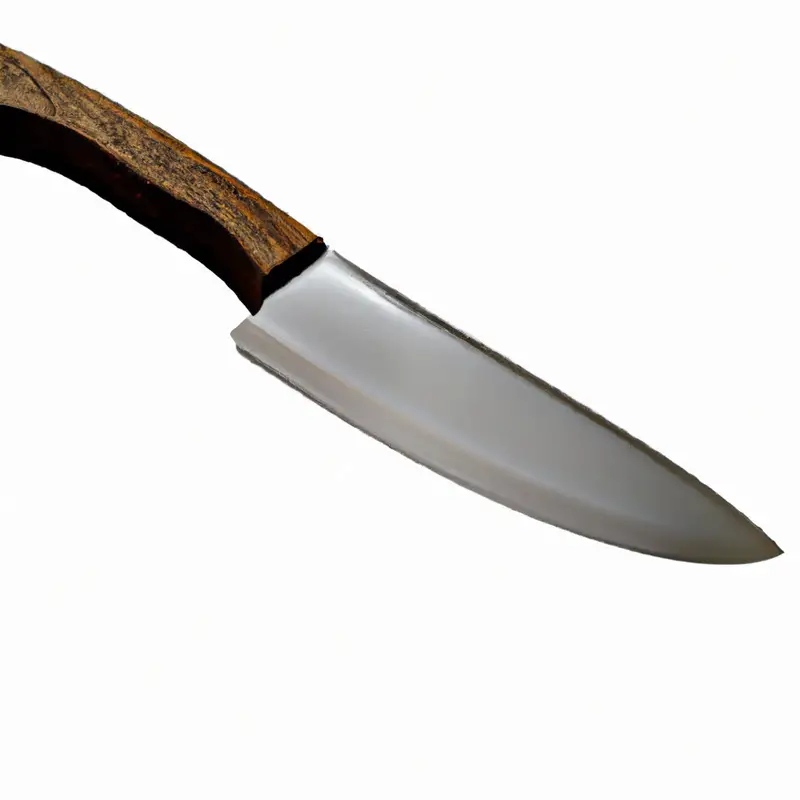
Factors to Consider When Choosing a Knife Steel for Slicing
Blade Hardness
Blade hardness refers to the ability of a knife’s edge to resist deformation.
A harder blade will retain its sharpness for longer periods, making it ideal for slicing tasks.
The Rockwell Hardness Scale is commonly used to measure blade hardness, with higher numbers indicating increased hardness.
However, harder blades are more prone to chipping and require more effort to sharpen.
It’s crucial to find a balance between hardness and ease of maintenance for your specific slicing needs.
Ease of Sharpening
Ease of sharpening is an important factor to consider when choosing a knife steel for slicing tasks. Different types of steel have different properties when it comes to sharpening.
Some steels, like stainless steel, are relatively easy to sharpen and maintain their sharpness for a decent amount of time.
High carbon steels, on the other hand, can take a keen edge but require more frequent sharpening. Damascus steel, with its multiple layers, can be challenging to sharpen.
Ultimately, the ease of sharpening depends on the specific steel composition.
Cost
When considering the cost of a knife steel for slicing tasks, it’s important to find a balance between quality and price.
Some high-end knife steels can be quite expensive, but they may offer exceptional performance and durability.
On the other hand, budget-friendly options may not have the same longevity or edge retention.
It’s crucial to research and compare different knife steels to find one that fits within your budget while still meeting your slicing needs.
Remember, cost alone shouldn’t be the sole determining factor; consider the overall value and performance of the steel as well.
Intended Use and Maintenance
When choosing a knife steel for slicing tasks, it’s important to consider your intended use and maintenance routine.
Think about what you’ll primarily be using the knife for.
Will it be for everyday slicing tasks in your kitchen, or for professional use in a commercial setting?
Additionally, consider your maintenance habits.
Are you diligent about cleaning and oiling your knives regularly?
Some knife steels require more maintenance than others to prevent corrosion.
Taking these factors into account will help you make an informed decision about which knife steel is best suited for your needs.
Recommendations for Slicing Knife Steel
Everyday Slicing Tasks
When it comes to everyday slicing tasks, you want a knife steel that balances sharpness, durability, and ease of maintenance. Look for a stainless steel blade that is corrosion-resistant and holds its edge well.
Some popular options include VG-10, S30V, and 154CM steels.
Consider the hardness of the blade for better slicing performance, and choose a steel that can be easily sharpened when needed. Ultimately, finding the right knife steel for everyday slicing tasks will depend on your personal preferences and budget.
Keep in mind that proper maintenance and care will also contribute to the longevity and performance of your knife.
Professional Slicing Tasks
Professional slicing tasks require a knife steel that excels in sharpness retention, corrosion resistance, and durability. The knife should be able to maintain a razor-sharp edge for longer periods and resist rust and staining.
Additionally, it should be durable enough to withstand frequent use without chipping or breaking.
Some recommended knife steel grades for professional slicing tasks include VG-10, S30V, and 154CM. When choosing a knife steel for professional slicing, consider the intended use, maintenance requirements, and desired level of sharpness retention.
Final Verdict
When it comes to selecting the best knife steel for slicing tasks, it is crucial to consider factors such as sharpness retention, corrosion resistance, toughness, and durability. While stainless steel offers excellent corrosion resistance, high carbon steel provides impressive sharpness retention.
Damascus steel stands out for its beautiful patterns and strength.
Popular knife steel grades like VG-10, S30V, and 154CM offer a balance of these characteristics. When choosing a knife steel, it is essential to consider factors like blade hardness, ease of sharpening, cost, and intended use.
Overall, selecting the right knife steel will ensure efficient and precise slicing, whether for everyday or professional use.
So, make an informed decision based on your specific needs and maintenance capabilities. Happy slicing!

